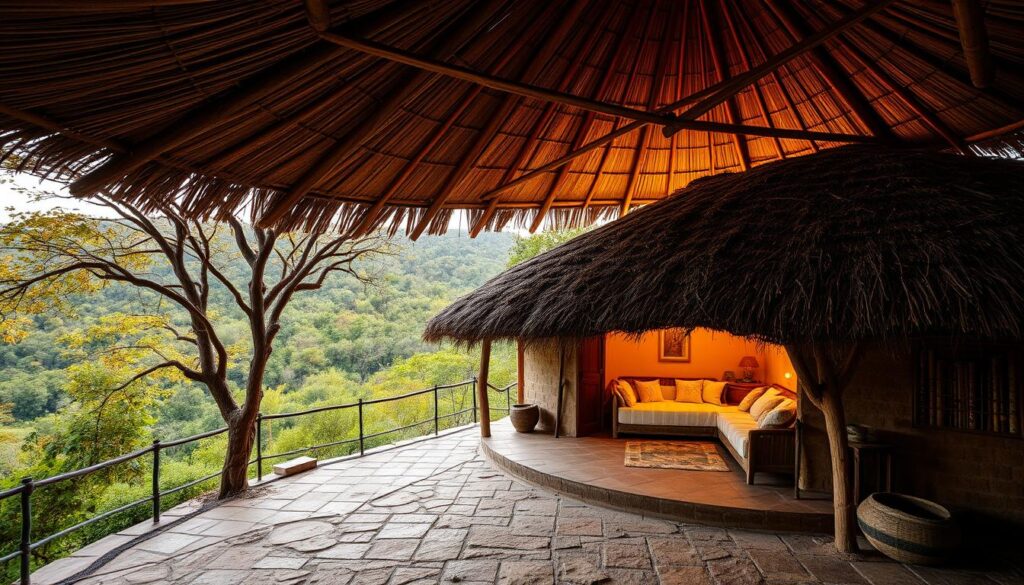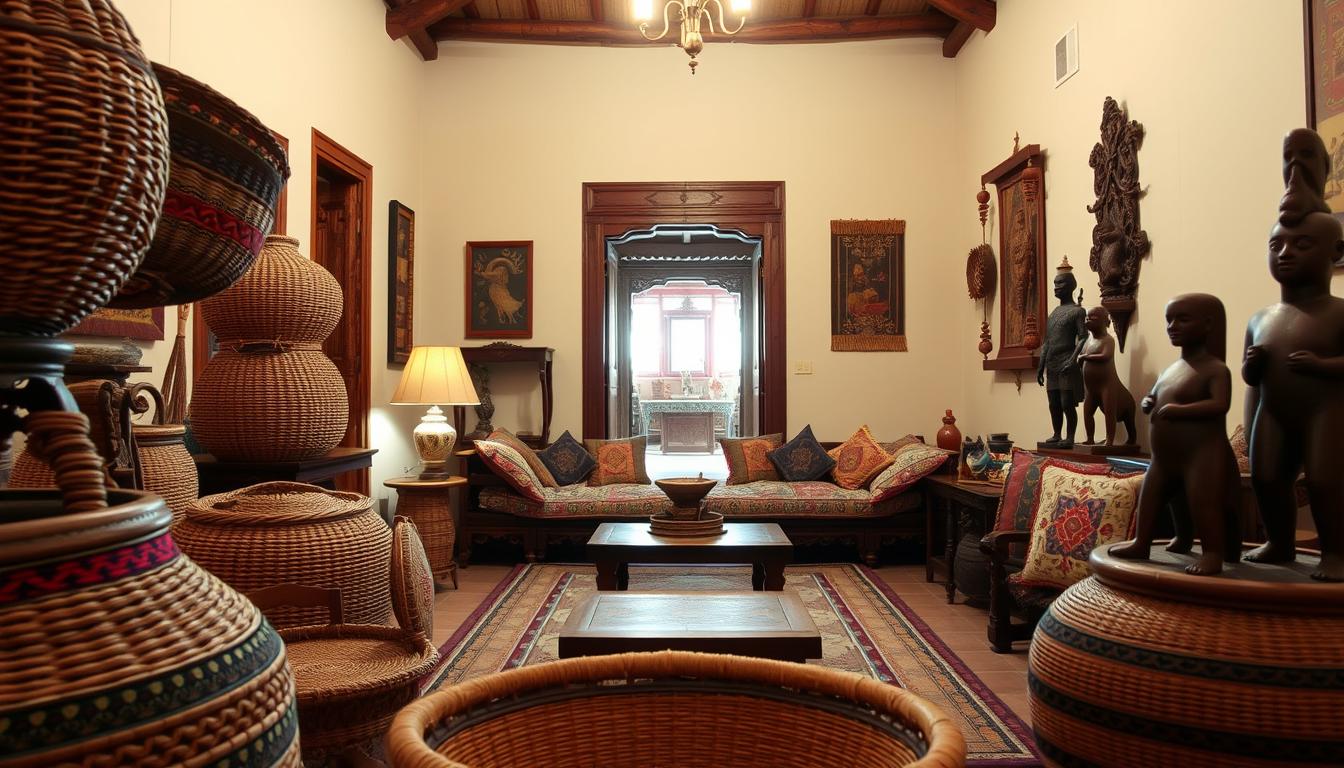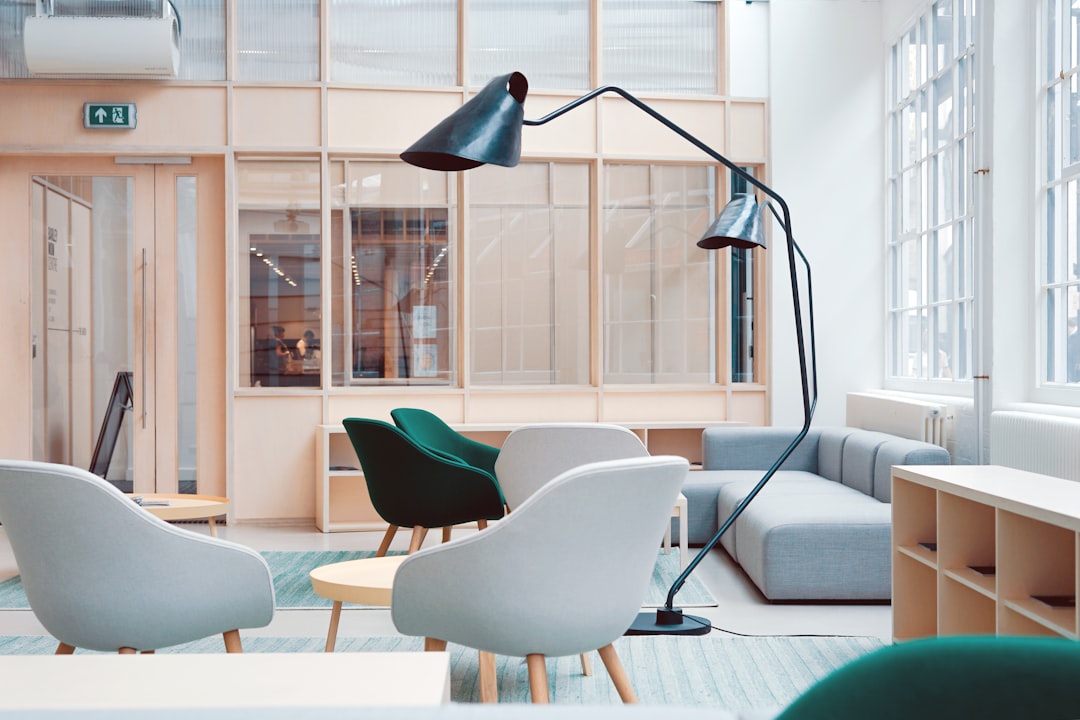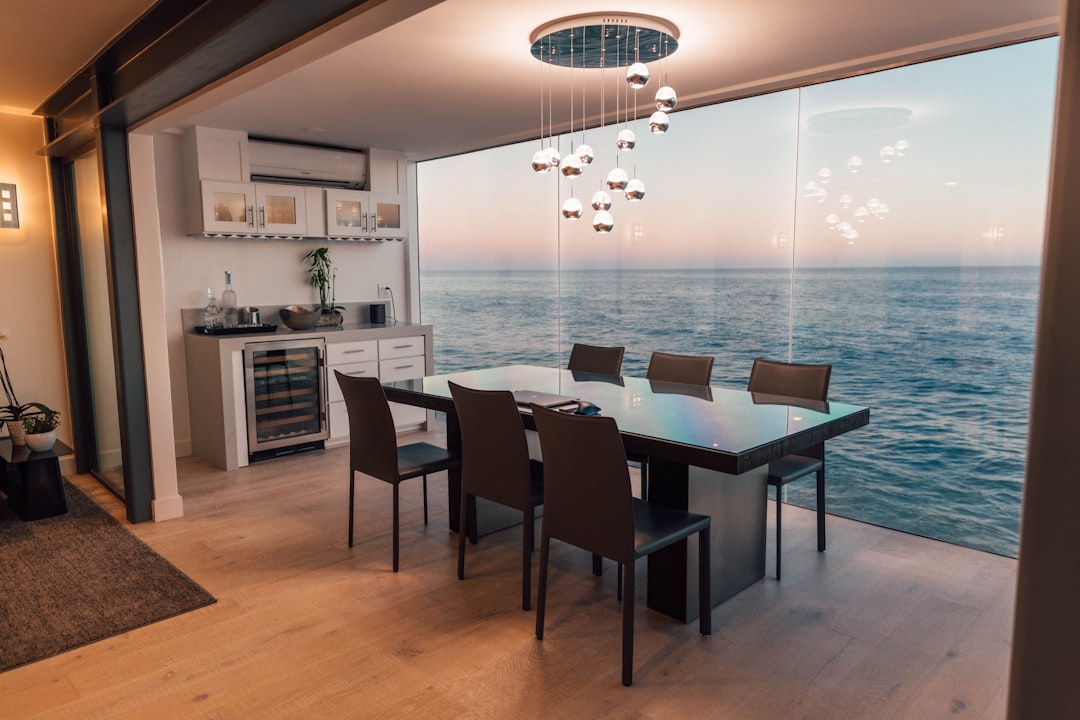Zimbabwe’s rich culture shines through in its unique decor, loved by many around the world. It combines natural materials, symbolic objects, and bright colors. This mix creates a special look that can make any home stand out.
Let’s dive into what makes Zimbabwe’s traditional interior design so appealing. We’ll look at how natural materials like wood and stone are used. We’ll also explore the importance of symbolic objects in African home decor.
Key Takeaways
- Zimbabwean decor is characterized by its use of natural materials and symbolic objects.
- The incorporation of vibrant colors adds a unique aesthetic to any room.
- Understanding the cultural significance of decorative elements is key to appreciating Zimbabwean decor.
- Zimbabwe’s traditional interior design can be adapted to suit modern homes.
- The use of natural materials like wood and stone is a hallmark of Zimbabwean decor.
Understanding Zimbabwe’s Cultural Heritage
It’s key to grasp Zimbabwe’s cultural heritage to truly appreciate its interior design. The country’s history, ancestral traditions, and natural setting deeply shape its culture.
The Influence of Ancestral Practices
Ancestral practices deeply affect Zimbabwean interior design. The rich cultural heritage is seen in the materials and designs used in homes. Traditional architecture often includes elements with spiritual significance.
Some key ways ancestral practices influence design include:
- Symbolic motifs that represent ancestral spirits or historical events.
- Traditional craftsmanship, like woodcarvings and basketry.
- Choosing materials with spiritual or cultural importance.
Role of Nature in Design
Nature is crucial in Zimbabwean interior design. The country’s varied landscapes and natural resources inspire many design principles. Materials like wood, stone, and clay are chosen for their beauty and connection to the earth.
The impact of nature in Zimbabwean design is clear in:
- Using natural materials that reflect the country’s ecosystems.
- Choosing earthy tones and colors that mirror the landscapes.
- Designs that mimic natural patterns, like woven fibers that resemble nature’s textures.
By understanding these influences, we appreciate the cultural context of Zimbabwean interior design. This allows us to see the beauty in both traditional and modern designs.
Key Elements of Traditional Zimbabwean Design
Zimbabwe’s traditional design is deeply rooted in the land and community culture. It shows in various elements that make spaces unique and meaningful.
Textiles and Fabrics
Textiles are crucial in Zimbabwean design, bringing color, warmth, and texture to homes. Traditional fabrics have intricate patterns and motifs that share cultural stories. For example, batik and tie-dye techniques make fabrics vibrant and decorative.
Traditional Zimbabwean textiles are known for:
- Vibrant colors from natural dyes
- Intricate patterns that tell cultural stories
- Use of natural fibers like cotton and wool
Clay and Natural Materials
Clay and natural materials are key in traditional Zimbabwean design. They are not just beautiful but also durable and earthy. Clay pots, for instance, add warmth to any room.
Using natural materials offers benefits like:
- Durability and long life
- Beauty that connects to nature
- Sustainability and eco-friendliness
Symbolism in Decorative Objects
Decorative objects in Zimbabwean homes carry deep symbolic meanings. They represent the culture and spiritual beliefs. For example, sculptures and carvings may show ancestral figures or mythological creatures, linking to heritage.
Some common symbolic objects are:
- Sculptures of ancestral spirits
- Carvings of mythological creatures
- Pottery symbolizing fertility and prosperity
The Importance of Community and Family
In Zimbabwean culture, community and family are key. This is seen in the design of homes. Spaces are made to bring people together, creating a sense of belonging.
At the heart of Zimbabwean homes are traditional gathering spaces. These are the centers of family and community life. They are welcoming and big, perfect for family and community events.
Traditional Gathering Spaces
These spaces are open and functional. They have:
- Large, communal seating areas for socializing
- Central fireplaces or cooking areas for family activities
- Decor that shows the family’s heritage and values
These areas are more than just spaces. They hold deep cultural meaning, showing the importance of family and community.
Shared Values Represented in Design
Zimbabwean homes reflect values like unity, respect, and hospitality. These values are shown through:
- Symbolic motifs and patterns in textiles and wall decorations
- Use of natural materials to connect to the land and heritage
- Furniture arranged for communal interaction
By understanding these design elements, we learn about Zimbabwean culture. We see how community and family shape their interior design.
Looking into authentic Zimbabwean interior design, we see community and family are crucial. They create spaces that are not just beautiful but also meaningful and culturally rich.
Architectural Styles Unique to Zimbabwe
Zimbabwe’s architecture is both unique and fascinating, spanning centuries. Its buildings mix traditional and historical styles. This blend comes from the culture and geography of its people.
The Great Zimbabwe Ruins
The Great Zimbabwe Ruins are a UNESCO World Heritage Site. They show the stoneworking skills of Zimbabwe’s ancestors. Built from the 11th to the 15th century, they use massive granite blocks without mortar.
These ruins are not just architectural wonders. They are also key cultural and historical sites. They give us a glimpse into the ancient civilization’s politics, religion, and society.
| Feature | Description | Significance |
|---|---|---|
| Stone Construction | Granite blocks fitted together without mortar | Demonstrates advanced stoneworking skills |
| Architectural Layout | Complex arrangement of enclosures and passageways | Reflects the social and political hierarchy of the ancient society |
| Cultural Artifacts | Pottery, figurines, and other archaeological finds | Provides insights into the daily life and cultural practices of the ancient civilization |
Modern Interpretations of Traditional Styles
Today, Zimbabwe’s architects mix old and new. They use traditional elements with modern materials and designs. This creates buildings that are beautiful, sustainable, and practical.
Locally sourced materials like stone and wood are still used. But now, they’re paired with modern materials like steel and glass. This mix honors Zimbabwe’s heritage while meeting today’s needs.
By combining traditional styles with modern designs, architects preserve Zimbabwe’s culture. They also help the country’s architecture evolve.
Color Palettes in Zimbabwean Interiors
The colors in Zimbabwean interiors show the country’s history, culture, and beauty. These colors are not just for looks. They are tied to tradition and cultural practices.
Earthy Tones and Their Significance
Earnthy tones are key in traditional Zimbabwean homes. These colors remind us of the country’s soil and landscapes. They create warmth and connect us to the land. Brown, beige, and terracotta are common, made from clay and local materials.
A local designer says, “Earthy tones show our respect for the land and heritage.” This theme is big in Zimbabwean homes, where inside and outside feel connected.
Bright Accents in Traditional Art
Bright colors add life to Zimbabwean interiors. These colors come from traditional art like textiles, pottery, and beadwork. They celebrate culture and add interest to earthy tones.
- Red symbolizes energy and vitality
- Blue represents the sky and the spiritual realm
- Yellow signifies the sun and its life-giving properties
Zimbabwean interiors mix earthy tones with bright colors. This creates a unique look that honors tradition and is visually appealing. This mix shows the country’s cultural and natural beauty, making spaces meaningful and beautiful.
“The balance between earthy tones and bright accents in Zimbabwean interiors is a testament to the country’s rich cultural heritage and its people’s deep connection to the natural world.”
Furniture and Craftsmanship in Zimbabwe
Zimbabwe is known for its handcrafted wooden items and unique basketry. These crafts show the country’s deep cultural roots. They play a big role in keeping cultural heritage alive in traditional homes.
Handcrafted Wooden Pieces
Handcrafted wooden furniture is a symbol of Zimbabwe’s craftsmanship. It shows the skill and creativity of local woodworkers. These pieces are not just useful but also tell stories of Zimbabwe’s past.
The wood used, like Mukwa and Mvule, makes each piece special. It connects them to the natural world.
The art of making these wooden items has been passed down for generations. The detailed carvings and designs tell stories of Zimbabwe’s culture and myths. Each piece is a reminder of the country’s rich history.
Distinctive Basketry and Weaving Techniques
Basketry and weaving are key parts of Zimbabwe’s craftsmanship. These skills have been kept alive for many years. Weaving baskets is a way to share stories, with each pattern and design carrying cultural meaning.
- The use of natural fibers like sisal and grass.
- Incorporation of symbolic patterns that tell stories or represent cultural values.
- The role of basketry in traditional and modern Zimbabwean life.
These crafts are treasured for their beauty and the stories they hold. They are essential in showing the cultural heritage of Zimbabwe. By adding these elements, homes can showcase the rich history of Zimbabwe.
The Role of Art in Home Decor
In Zimbabwe, art is key to making homes look great. It shows the country’s rich culture and identity.
Traditional paintings and sculptures are loved for their beauty and cultural value. They show everyday life, myths, and ancestral spirits. This adds depth and meaning to homes.
Traditional Paintings and Sculpture
Zimbabwe is famous for its stone sculpture, a tradition that’s centuries old. The detailed carvings show the artists’ skill and creativity. These sculptures are not just pretty; they hold deep cultural and spiritual value.
Traditional paintings in Zimbabwe use bright colors and symbols to share stories. They can be wall art or decorative panels, making homes more visually appealing.
Decorative Beadwork and Pottery
Decorative beadwork is a big part of Zimbabwean art, used in home decor. The patterns and colors of beaded items add handmade charm to spaces.
Pottery is also highly valued in Zimbabwe. Artisans make everything from kitchenware to decorative items. Using natural materials and traditional methods, they create unique, earthy pieces that warm any room.
By adding these traditional art forms to their decor, Zimbabweans honor their culture. They also create beautiful, meaningful homes.
Incorporating Zimbabwean Design in Modern Homes
Adding Zimbabwean traditional design to our homes makes them more interesting and culturally rich. It’s key to mix old and new styles well. This way, we can make our living spaces better.
Blending Traditional and Contemporary Styles
Mixing traditional Zimbabwean design with today’s styles needs careful thought. We can find a good mix by using earthy tones and natural materials from Zimbabwean homes. Then, we add modern furniture and decor.
- Use traditional Zimbabwean textiles and fabrics in modern upholstery.
- Incorporate handcrafted wooden pieces and distinctive basketry.
- Integrate traditional Zimbabwean art, such as paintings and sculptures, into contemporary settings.
This mix honors Zimbabwe’s culture and makes our homes stand out.
Ethical Sourcing of Zimbabwean Artifacts
It’s important to buy Zimbabwean design items ethically. This means supporting local artists and respecting their culture.
To do this, we can:
- Purchase artifacts directly from local markets or artisans.
- Research and understand the cultural significance of the artifacts we choose.
- Ensure that our purchases contribute to the local economy and community.
This way, we make our homes beautiful and meaningful. We also help keep Zimbabwean culture alive.
The Impact of Climate on Interior Design
Zimbabwe’s unique climate has shaped its interior design. The climate varies greatly across the country. This affects how homes are built and decorated.

Traditional Zimbabwean architecture is designed with the climate in mind. Large overhangs and shaded areas protect against the sun. Ventilation strategies keep homes cool in the hot seasons.
Adapting Spaces for Seasonal Changes
It’s important to adapt interior spaces for the seasons in Zimbabwe. In summer, homes are made to stay cool. They use materials and designs that reflect the sun and promote airflow.
In winter, design focuses on keeping warm. Thick, insulating materials and cozy textiles help keep the temperature comfortable indoors.
Importance of Ventilation and Natural Light
Ventilation and natural light are key in Zimbabwean design. Good ventilation helps control indoor temperatures. This reduces the need for artificial cooling and heating.
Natural light improves a home’s look and health. Large windows and mirrors help bring in more light. This makes spaces feel open and welcoming.
Understanding climate’s role in design shows the smartness of Zimbabwean interior design. The use of climate-responsive elements shows the resourcefulness and adaptability of traditional architecture.
Celebrating Zimbabwean Festivals Through Design
Celebrating Zimbabwean festivals is a big part of the nation’s culture. It’s beautifully shown in traditional home styling. These festivals are full of life, showing off the country’s deep cultural roots. They influence both the look and function of Zimbabwean homes.
Traditional Decorations and Symbols
Traditional decorations and symbols are key in Zimbabwean festivals. They add color and meaning to the celebrations. Some important elements include:
- Intricately designed masks that represent ancestral spirits and mythological figures.
- Vibrant textiles and fabrics that are used to create ceremonial attire and decorations.
- Symbolic pottery and ceramics that are used in rituals and as decorative pieces.
Creating Spaces for Celebration
Designing homes that can host these celebrations is crucial. It involves creating:
- Flexible living areas that can be adapted for different types of celebrations.
- Decorative elements that reflect Zimbabwe’s cultural heritage, like traditional artwork and symbolic motifs.
- Outdoor spaces for bigger gatherings and festivals.
By adding these design elements, homes become lively places. They celebrate Zimbabwe’s rich cultural identity. They show the spirit of indigenous Zimbabwean design and traditional African home styling.
Resources for Further Exploration
If you’re interested in Zimbabwe’s rich culture, there are many resources to explore. You can learn more about Zimbabwean decor and modern home decor.
Exploring Through Literature and Film
Books and documentaries are great for learning about Zimbabwe’s history and culture. They help you understand the traditional and modern designs of Zimbabwean homes.
Visiting Museums and Exhibitions
Museums and exhibitions are perfect for seeing Zimbabwean art and design up close. They offer a chance to appreciate the beauty and craftsmanship of Zimbabwean decor. By visiting these places, you can gain a deeper understanding of Zimbabwean design’s cultural importance.



